Gone but not forgotten, the singing sensation remains immortalized through her timeless catalog and new biopic. Boardroom breaks down the business, conception, and impact of her most movement inciting anthem.
Ever been alone at a club? Perhaps stag at a wedding?
It’s a feeling all of us know and none of us like.
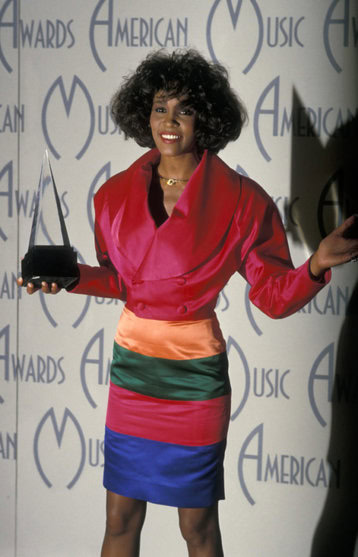
In 1986, Whitney Houston captured the emotion of being without partner but not without hope.
Recording “I Wanna Dance With Somebody (Who Loves Me)” at the height of her hype, the teenage talent turned Arista artist approached her sophomore studio album carrying the weight of the world.
That type of pressure makes it hard to breathe, let alone sing.
“I knew it was like a prize fight — that important,” producer Narada Michael Walden said in 2022. “We pulled every stop out. We had to re-inspire her.”
Backed by Clive Davis and energized by the same musician who modernized Anita Baker in the ’80s, Houston broke from ballads and sang an upbeat love song with a zeal no one else could capture but all still aspire to express.
Since then, the song has gone No. 1 in 17 different countries, shipping platinum from Australia to Denmark, soundtracking celebrations every single year following its 1987 release.
An international record in its conception, the song that’s moved more than 4.2 million units and many more bodies. In 2022, it inspires the title of Houston’s highly anticipated biopic, set to release this Friday.
In honor of the late legend, Boardroom dives deep into the impact and history of the timeless title track.
Model Citizen
The world at large saw Whitney Houston before they ever heard her.
Years before she covered Dolly Parton in The Bodyguard, she covered Seventeen as an ascending adolescent model.
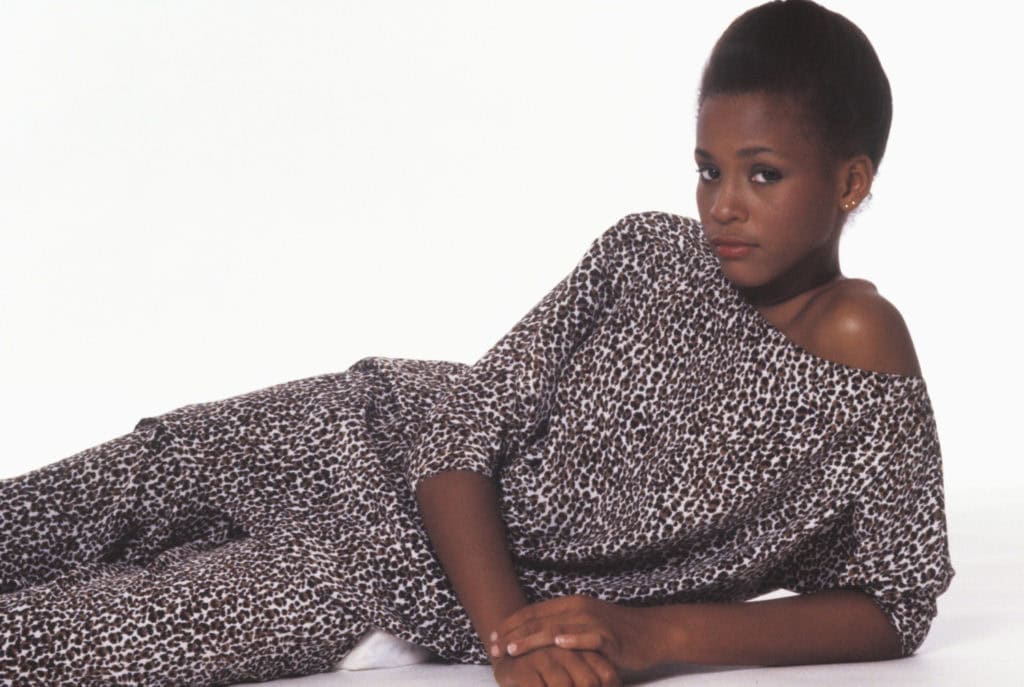
“From the beginning, the camera and I were great friends,” Houston told TIME in ’87. “I know the eye of the camera is on me, eye to eye. It loves me, and I love it.”
From 1981 to 1983, the slender singer lived her life on the front of magazines and as a background vocalist for her mother, Cissy. The latter look provided the platform to be discovered by Arista A&R Gerry Griffith, soon signed by big boss Clive Davis in April 1983.
In a matter of months, she’d duet with Teddy Pendergrass and record with Jermaine Jackson, all setting the stage for her Valentine’s Day debut in 1985, Whitney Houston.
The self-titled album absolutely smashed, taking the top spot on the Billboard 200 for fourteen weeks in 1986. It all amounted in an abundance of awards show wins, performances, and talk show appearances for months on end. Understandably, that all amounted to fatigue.

Despite doing the unthinkable on arrival, both fans and the label wanted more Whitney.
That meant making her sophomore album in the midst of a media run that’d become a marathon.
“She was excited, she was revved up,” Walden said. “Because at that time in her life she had been working really hard.”
Walden, the embodiment of a music man, had the tall task of taking Houston’s hit making to an even higher level.
Possessing the power to propel a record worldwide, Walden’s immediate audience was slightly more focused. First, he had to sell big bossman Clive Davis.
As the head honcho at Arista, Davis did more than sign talent and cut checks. Famously, he listened to tracks of the old, new, and unfinished variety non-stop in the cozy corridors of his corner office.
With Whitney, he proved powerful enough to take a teen model with powerful pipes to the top of the charts, walking red carpets and absolutely running radio.
Coming off three No. 1 singles on the first album alone, all parties had to maintain momentum for the follow up.
But how?
From Country to Contemporary
By 1986, disco was dead – but was dancing?
Around the industry, barriers between genres were very literally being kicked down. That year alone, Run-DMC’s “Walk This Way” resurrected a classic rock record by way of rap, making it a modern hip hop hit.
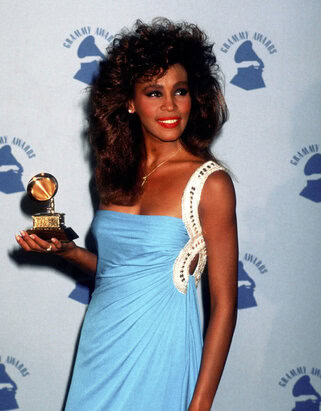
At the same time, new wave weirdness elicited an electro movement amongst arthouse crowds. In another lane, Huey Lewis and the News gave new game to bankers toe tapping beside the bar.
Effectively, dance was not dead but perhaps misled. Houston – best known for ballads – had the ability to get people off their feet but perhaps not the production.
Around Arista, a country cut yet to be finished found its way to Walden.
“I got a demo from Clive,” Walden says. “The demo itself was a very rodeo vibe. It had a very cool hook on it, but my whole thing was, ‘How can I make this a smash for Whitney?'”
Reworking the twangy track to something that would work for Whitney, Walden sought inspiration from the streets.
“I had to go to the ghetto,” says Walden. “I had to go to the hot groove, flip it, and make it stank.”
Enter American hero — and American Idol — Randy Jackson.
Before he was playing foil to Simon Cowell and coining catchphrases at the speed of Xzbit, he was playing a mean bass guitar.

Over the course of the ’80s, Journey’s journeyman was shredding in sold out stadiums at night and at empty studio sessions by day. From Keith Richards to Kenny G, rock royalty and jazz juggernauts called on Jackson for funky riffs and expert insight.
Taking the song from square dance to Top 40, Walden worked with an array of artists from all over the globe to give Davis’ demo with the cool hook enough grease to takeoff on the charts and energize Houston.
As only Whitney could, her performance proved the perfect pairing of powerful vocals and oozing vulnerability.
“When I put Whitney on top with her beautiful voice? It brings home I wanna dance with somebody,” says Walden.
“And you hear that in that recording. She’s fresh like a little baby bird.”
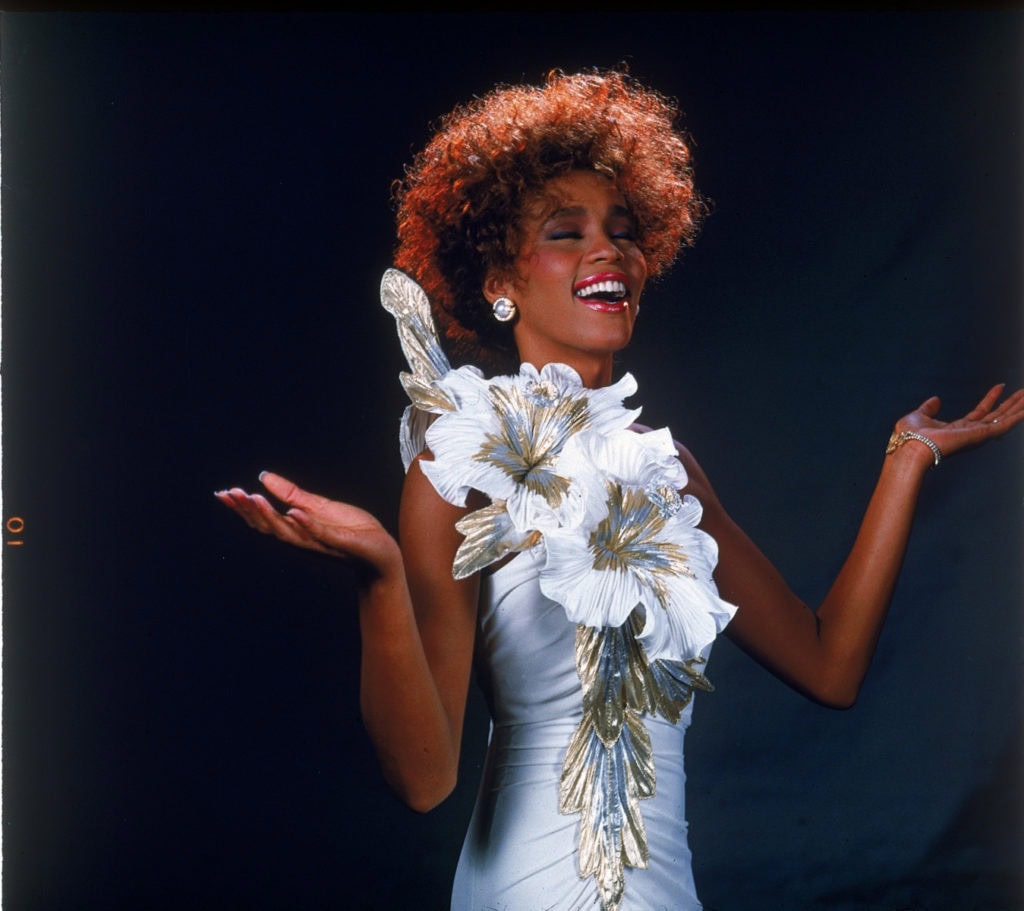
After months of mastering and album rollout planning, “I Wanna Dance With Somebody (Who Loves Me)” was released on May 2, 1987. This was only two years after her debut album arrived at stores and six months since cutting the new single.
Now, the world would hear Houston’s next hit. Any doubts of Davis, Houston, or Walden would instantly be silenced — as would the industry.
Perfect Pop
In the early ’80s, African American artists sometimes struggled to move units to the masses based on tired tropes and a music industry enveloped by glass ceilings.
MTV – a new network focused on taking guitar records to new dimensions through music videos – had significant juice when it came to breaking artists. Early on, they barred out Black artists more often than not, privying Pat Benetar over Tina Turner.
Finally in 1983, Michael Jackson redefined the platform by investing in the most marvelous music videos ever made. After taking Thriller to the top, Jackson broke barriers with Whitney and others soon following.
Riding the momentum of her acclaimed arrival, Arista released “I Wanna Dance with Somebody (Who Loves Me)” as the lead single for Houston’s sophomore effort, Whitney.
Not only did the visual crack the code at MTV, it became a mainstay in cars, clubs, and shopping malls worldwide.
“When you give Clive Davis what he wants on a hit record? You hear it every hour on the hour,” says Walden.
All the success on television and at radio of “I Wanna Dance with Somebody” led Whitney to debut at No. 1 on Billboard 200 — a first for any woman in the history of music at that time. The new project took over the top spot in the US and the UK, with the lead single reaching No. 1 in 17 different countries.
Commonly compared to Cindy Lauper’s “Girls Just Wanna Have Fun,” Houston’s hit brought an overwhelming sense of energy and joy to all who heard it. The emotion exploded in countries where English wasn’t the native language, proving the perfect pop punch to any platform who questioned if African American artists could connect with a mass audience.
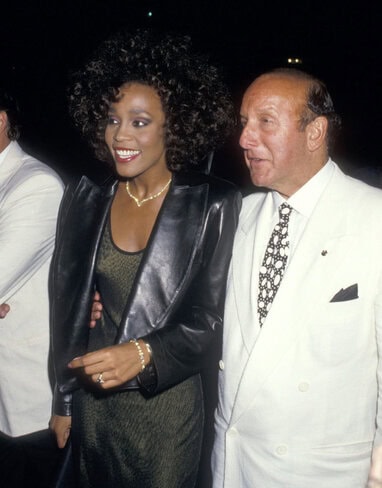
While Walden worked tirelessly to make the song and project as awesome as possible, Houston herself simply did what she’d always been doing.
“When I went into record the second album, I went in with the attitude that I’m going to give it the best shot that I have,” she told Ebony in ’87.
Her best shot was pretty good.
With Whitney, she shattered ceilings for up and coming artists like Janet Jackson by being beloved and bankable all over the world.
Not only did her success put pressure on media outlets to promote more icons that looked like her, it raised the price for labels looking to invest in their artists and their craft.
Whitney was originally budgeted for $200,000. Instead, it ended up costing $400,000 to finish and being well worth it.
Making more slaps than The Beatles, Houston put four singles atop the pop charts with that one album alone.
Critically, “I Wanna Dance with Somebody (Who Loves Me)” won the 1988 Grammy for Best Female Pop Vocal Performance while Walden also took home trophies for his work.
Commercially, Whitney has gone Diamond, proving palatable in eras of vinyl, CD, and streaming.
Financially, the wins from Whitney placed the ascending artist on the Forbes list as a top-earning entertainer in the ’80s. Philanthropically, the song became an AIDS anthem as Houston used the single’s success to raise funds and awareness for those afflicted.
Historically, the song inspires individuals, television shows, and now film.
Sonic Serotonin
This week, Whitney Houston’s long awaited biopic, I Wanna Dance with Somebody, releases to the world.
Houston’s legacy will be portrayed by actress Naomi Ackie, who is best known for her roles in The End of the F***ing World, Lady Macbeth, and Pussy Island. The film will be directed by Kasi Lemmons and co-produced by Clive Davis and Pat Houston.
Sure to evoke smiles and tears, rejoice and remorse, the demand for Whitney and the impact of her music maintains strongly connected since her untimely passing.
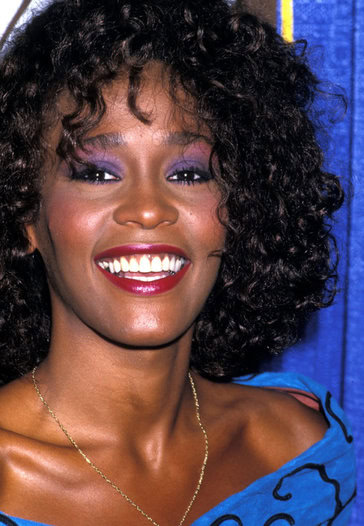
In recent years, “I Wanna Dance with Somebody” has proven more relevant at weddings than “Here Comes the Bride.”
For an artist once told she couldn’t cut through on TV, a 2012 episode of Glee titled after the epic single brought in an audience of 6.9 million viewers.
The light shined by Whitney is still yet to dim, burning bright as it did back when she first released her celebrated second album and its enormous first single.
“She can get the kids on the dance floor,” Walden told TIME in ’87. “Then turn around and reach your grandmother.”
Even in 2022, over 36 years since Walden and Whitney recorded the classic, the song remains timeless in tone and ageless in appeal.
It’s a song that’s still incredibly exciting to dance to — whether with a lover, a friend, or simply alone.